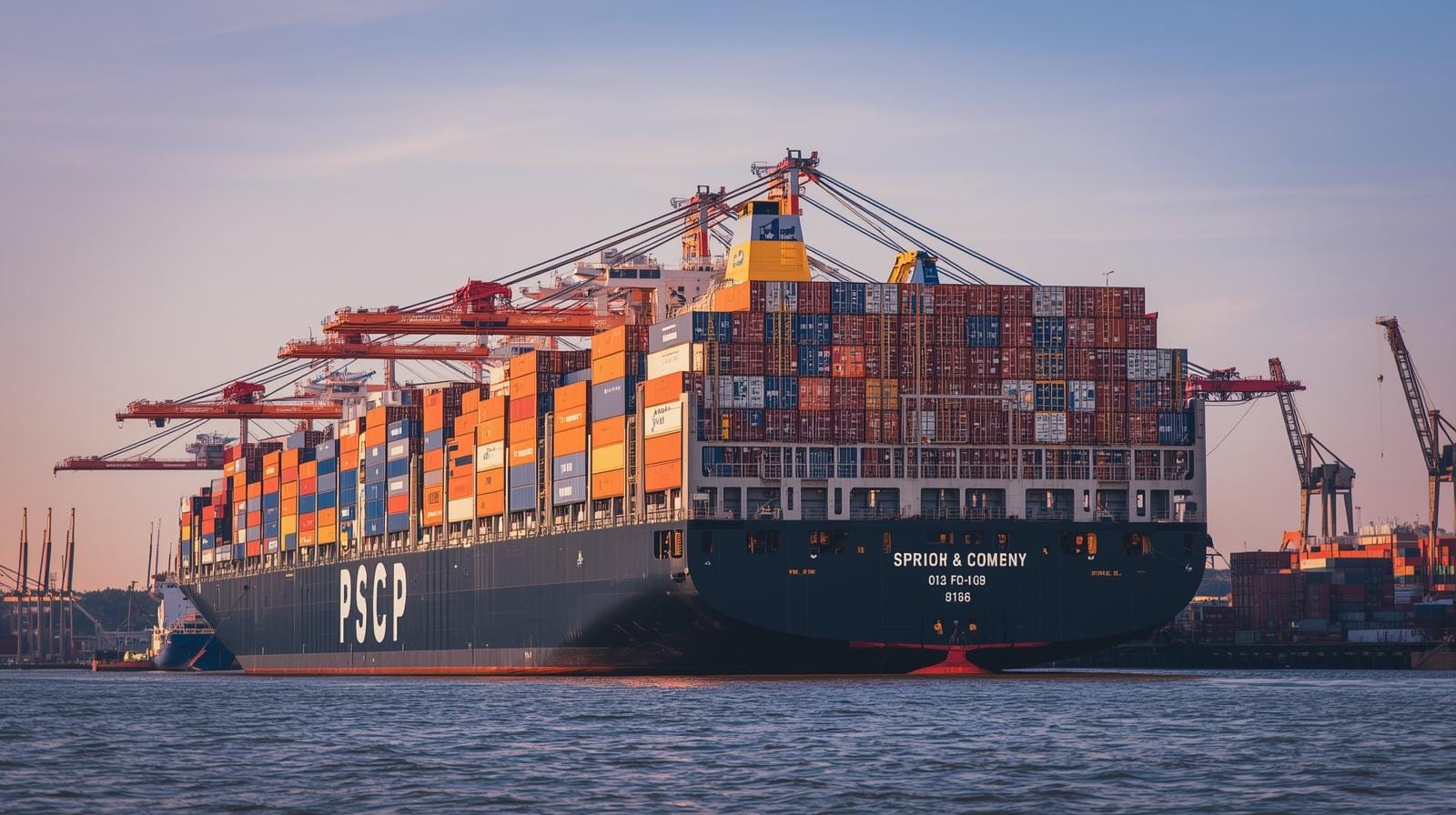U.S. Trade Deficit Decreases As Businesses Anticipate Tariff Hikes

U.S. Trade Deficit Reaches Two-Year Low Amid Anticipated Tariff Hikes
The recent announcement that the U.S. trade deficit has reached a two-year low signals significant developments for the national economy. This change may, in part, be influenced by the anticipation of tariff hikes, which are affecting trade patterns. As this event unfolds, it has implications for the U.S. GDP, underscoring the importance of reducing the trade deficit. Trade tensions have long shaped the global economic landscape, and this is no exception. Shifts in import-export balances are intricately tied to these ongoing tensions and economic policies.
Business Strategies Amid Tariff Price Hikes
The expectation of increased tariffs has led businesses to reevaluate their strategies.
- Companies are strategically timing their orders, aligning purchasing decisions to minimize extra costs from anticipated tariffs.
- A variety of cost management strategies have been implemented, enabling companies to better navigate economic challenges.
- Operational optimizations reflect a business's adaptability, enabling it to remain competitive while navigating the changing tariff landscape.
This preemptive planning is essential as changing business costs increasingly impact the trade deficit. It's evident how tariff anticipation is reshaping business environments and financial strategies.
Impacts on U.S. Imports and Exports

The decline in U.S. imports has been noticeable, and several factors contribute to this trend.
- Slower demand and increased self-sufficiency have contributed to reduced import quantities.
- Meanwhile, export opportunities are on the rise as companies adjust supply chains and tap into new markets.
- Trade adjustments have also helped recalibrate the import-export balance, contributing to a reduction in the trade deficit.
This dynamic adjustment in trade patterns is partially responsible for the trade deficit reaching a two-year low. A closer examination of these changes reveals that they are part of a broader U.S. trade analysis.
Long-term Economic Outlook

The long-term effects of these economic shifts are poised to impact consumer prices and business costs.
- Future global economic trends are likely to reflect increased fluctuations in consumer pricing and manufacturing expenses.
- The broader global economy will continue to affect the U.S. economy, with long-term trade effects being felt across various sectors.
- Perpetuated global trade tensions and the associated tariff effects will continue to influence shifts in trade patterns, shaping economic forecasts.
The ongoing analysis suggests several potential scenarios for economic stability and growth in the U.S., underlining the importance of strategic planning.
Strategic Insights and Economic Stability
Summarizing the current scenario, the two-year low in the U.S. trade deficit plays a crucial role in the economic landscape. This change has had a tangible impact on the GDP, a positive development that signals national stability. Trade strategies that focus on business optimization provide a pathway to long-term economic strength. Continuous U.S. trade analysis supports a better understanding of import-export balances and their implications.
In this ever-evolving environment, businesses must prepare for future changes in tariff policies. Proactive business planning remains vital for organizations to adapt effectively and ensure resilience against potential future challenges. By staying ahead of expected tariffs and adapting to evolving economic indicators, companies can secure their positions in global markets while contributing to the broader economic health.




